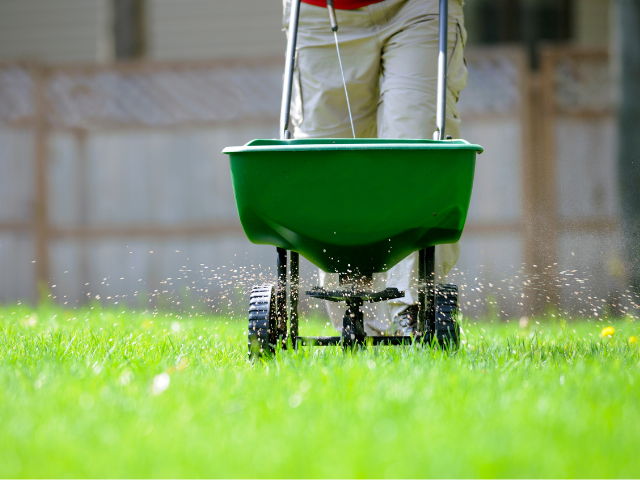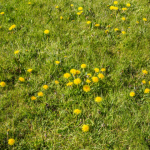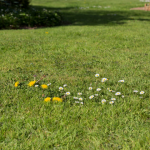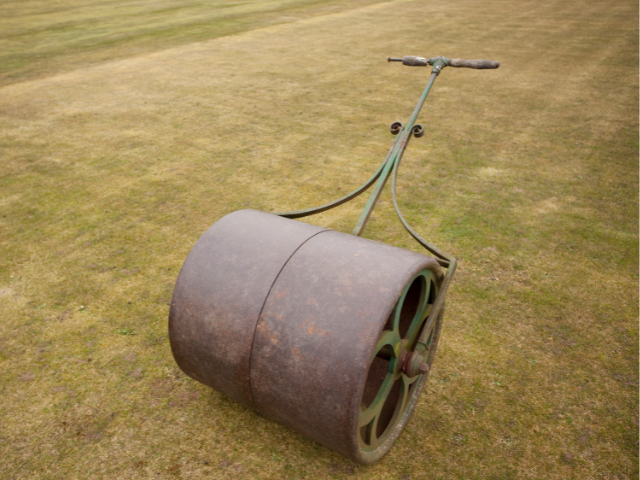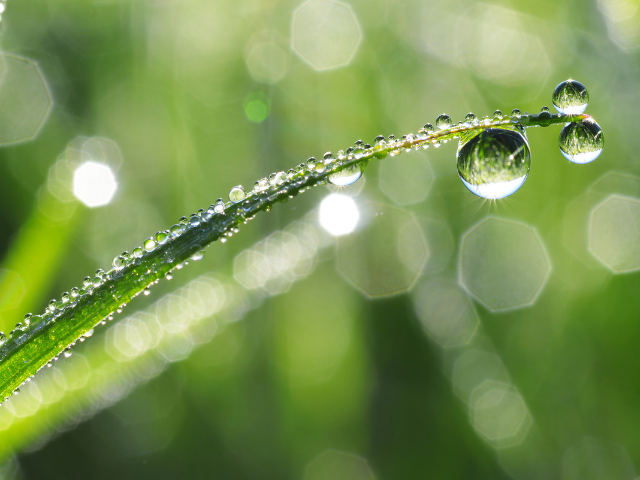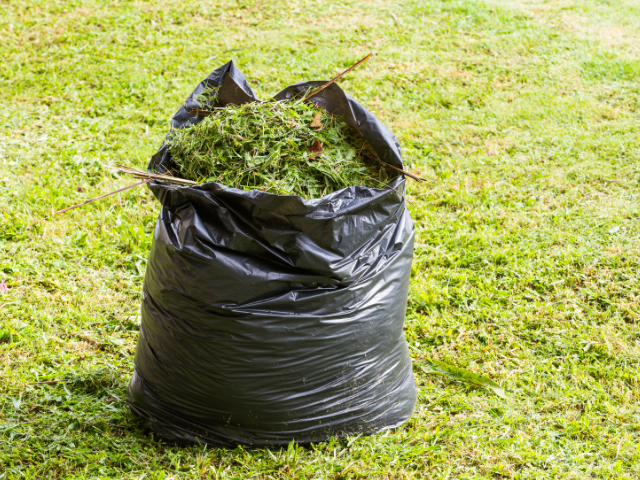The health of your lawn depends on several factors, one of which is fertilization. Proper fertilization gives your lawn the nutrients it needs to grow strong and look its best. But how do you know how and when to fertilize your lawn? This guide will tell you everything you need to know about fertilizing your lawn, from when to do it, to how often, to what type of fertilizer to use.
When Should You Fertilize Your Lawn?
The best time to fertilize your lawn is in the early spring before new growth begins. This will give your lawn a boost of nutrients that it can use to grow strong and green for the rest of the season. You can also fertilize your lawn in the fall, which will help it to recover from the stress of the summer and prepare for winter.
Soil Tests
Before you start fertilizing your lawn, it’s important to have a soil test done. This will tell you what nutrients are already in the soil and how much of each one is needed. It’s also important to know the pH level of your soil because this can affect how well plants can uptake nutrients. You can get a soil test kit from your local gardening store or county extension office.
How Often Can You Fertilize Your Lawn?
The frequency with which you need to fertilize your lawn will depend on the results of your soil test. If the soil is lacking in nutrients, you may need to fertilize more often. A general rule of thumb is to fertilize your lawn three times a year: once in the spring, once in the summer, and once in the fall. However, always follow the recommendations of your soil test to avoid over-fertilizing.
In general, you should fertilize your lawn every six to eight weeks. However, this can vary depending on the type of grass you have and the time of year. For cool-season grasses, you may need to fertilize more frequently in the fall, while for warm-season grasses, you may only need to fertilize once or twice a year.
Type of Lawn Fertilizer
The type of fertilizer you use on your lawn will depend on the time of year and the kind of grass you have. In general, though, you’ll want to use a nitrogen-rich fertilizer. This will help your grass grow green and luscious.
If you’re fertilizing in the spring, you can use a slow-release fertilizer. This will give your grass a steady supply of nutrients throughout the growing season.
In the fall, you’ll want to use a quick-release fertilizer. This will give your grass a boost of nutrients right when it needs it most – as it’s preparing for winter dormancy.
Can You Over-fertilize Your Lawn?
If you’re wondering whether it’s possible to over-fertilize your lawn, the answer is yes. Applying too much fertilizer can lead to a number of problems, including:
- Burning or killing your grass
- Creating bare patches in your lawn
- Encouraging the growth of weeds and moss
- Polluting the environment
If you think you might have over-fertilized your lawn, the best course of action is to wait a few days and see if the grass recovers. If it doesn’t, you can try reseeding the affected area.
How to Fertilize Your Lawn Naturally
If you want to fertilize your lawn naturally, there are a few things you can do. First, you can compost your own yard waste and use it to fertilize your lawn. This is a great way to recycle yard waste and give your lawn the nutrients it needs. You can also use mulch from leaves and grass clippings to fertilize your lawn. Another option is to use a slow-release fertilizer that will provide nutrients to your lawn over time.
What Happens if You Don’t Fertilize Your Lawn?
If you don’t fertilize your lawn, it’s likely that the grass will become yellow and unhealthy looking. The grass may also start to thin out, making it more susceptible to weeds. A lack of fertilizer can also make it difficult for your lawn to recover from damage or wear and tear.
How to Apply Fertilizer
When you’re ready to fertilize your lawn, the first step is to apply the fertilizer. You can do this with a spreader, which will help you to distribute the fertilizer evenly over the lawn. Be sure to follow the directions on the fertilizer package, as applying too much or too little can be harmful to your lawn.
Water the Lawn After Fertilizing
Once you’ve applied the fertilizer, it’s important to water the lawn. This will help the fertilizer to soak into the ground and reach the roots of the grass. If you don’t water the lawn after fertilizing, the fertilizer could just sit on top of the grass and not actually do anything to help your lawn.
FAQs About How to Fertilize Your Lawn
How long does it take fertilizer to work?
It can take up to two weeks for fertilizer to work its way into the soil and start benefiting your lawn. However, results will vary depending on the type of fertilizer you use, as well as the weather conditions. For example, if you use a slow-release fertilizer, it will take longer for the nutrients to be released into the soil. If you use a quick-release fertilizer, the nutrients will be available to your lawn more quickly.
How do you properly fertilize?
The best way to fertilize your lawn is by using a spreader. This will help ensure an even application and will help prevent any hot spots or missed areas. You should also make sure to water your lawn after fertilizing to help the nutrients absorb into the soil.
What is the best fertilizer?
The best fertilizer for your lawn depends on the type of grass you have. For example, if you have cool-season grass, like bluegrass or fescue, you should use a fertilizer with higher nitrogen content. If you have warm-season grass, like Bermuda or Zoysia, you should use a fertilizer with a higher phosphorus content.
What if it rains after I fertilize my lawn?
If it rains immediately after you fertilize your lawn, the rain will wash away some of the fertilizer. This is not harmful to your lawn and will not cause any problems. However, if it rains heavily, you may want to reapply fertilizer to ensure that your lawn gets enough nutrients.
